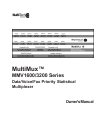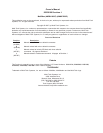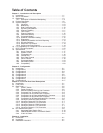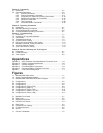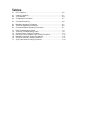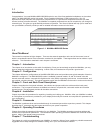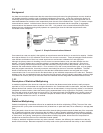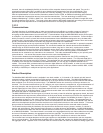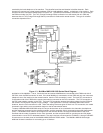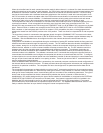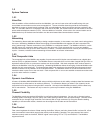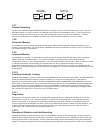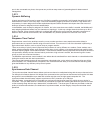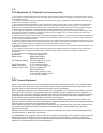
1.3
Background
Any data communications environment that has more than one asynchronous line going between common locations
can probably benefit by installing a pair of statistical multiplexers (stat muxes). A stat mux performs the function of
combining several asynchronous data communication channels into one composite synchronous signal that can be
transmitted between two locations more inexpensively than the cost of the individual lines. Figure 1-2 shows a simple
communications network. Individual users connect to asynchronous channels and the composite (or aggregate)
communications line between the two locations is the "link". Link protocol is the communications discipline used
between the two multiplexers and typically operates at a speed higher than the individual asynchronous units
connected to each multiplexer.
Figure 1-2. Simple Communications Network
One reason that a stat mux works is that typically an asynchronous terminal device is not used to its capacity. Studies
show that as little as 10 to 15% utilization of such lines is a common occurrence. These percentages indicate that the
most efficient combination of lines in a muxed asynchronous environment is between four and eight lines.
Although the primary reason for installing a mux is to save on communications costs, two other benefits are also
present. One is the inherent error correction existing in muxed data and the other is data security. Since a mux
functions by taking individual asynchronous data and transmitting it as synchronous data packets, there is an error
detection and retransmission scheme built in. Error correction is so vital in many transmission types, such as graphic
data and program transmission, that many muxes are used mainly for their error correction capabilities. The other
benefit is data security which is achieved by the fact that the individual data streams are encrypted into a single
communication line on one end of the link and then broken up into individual components on the other end. Someone
wishing to "tap" into a muxed signal must not only have the link protocol, which is typically a proprietary version of High
Level Data Link Control (HDLC), but must also know the individual channel assignment schemes and data formats.
1.3.1
Description of Statistical Multiplexing
A statistical multiplexer (also known as a stat mux) is a device that allows several other devices (usually computer
terminals or PCs) to communicate over a single transmission line. Sometimes called concentrators, they take data from
different devices and combine it into a single stream that can be transmitted, via a synchronous modem, to an identical
multiplexer at another location, where the stream is then separated back into its original form. Physically, a mux looks
like a box with a bunch of serial ports and some LEDs. The most typical task of the MultiMux is to connect a group of
PCs or terminals at one site to a mini or mainframe computer at another site via a single set of modems rather than
using individual modems for each PC or terminal.
1.3.1.1
Statistical Multiplexing
Statistical multiplexing is sometimes referred to as statistical time-division multiplexing (STDM). The use of the voice-
grade phone line (or any other communications link) is based not on peak data rates, but on effective (or average) data
rates.
During the peaks, when the sum of the data rates of the channels being served exceeds the data rate of the composite
link, a statistical multiplexer saves the excess data in buffers (in effect, allowing individual channel buffers to expand).
The buffers are emptied as soon as the activity falls off. The proper allocation of buffer space, plus the implementation
of flow control and pacing techniques to accommodate unusually high peaks, allows the use of composite link
speeds that are less than the sum of the individual channel speeds.
In effect, a statistical multiplexer services only active channels. However, the efficiency thus realized is not the only
benefit of the technique. Because composite link activity need not be synchronized with the activity on the individual



